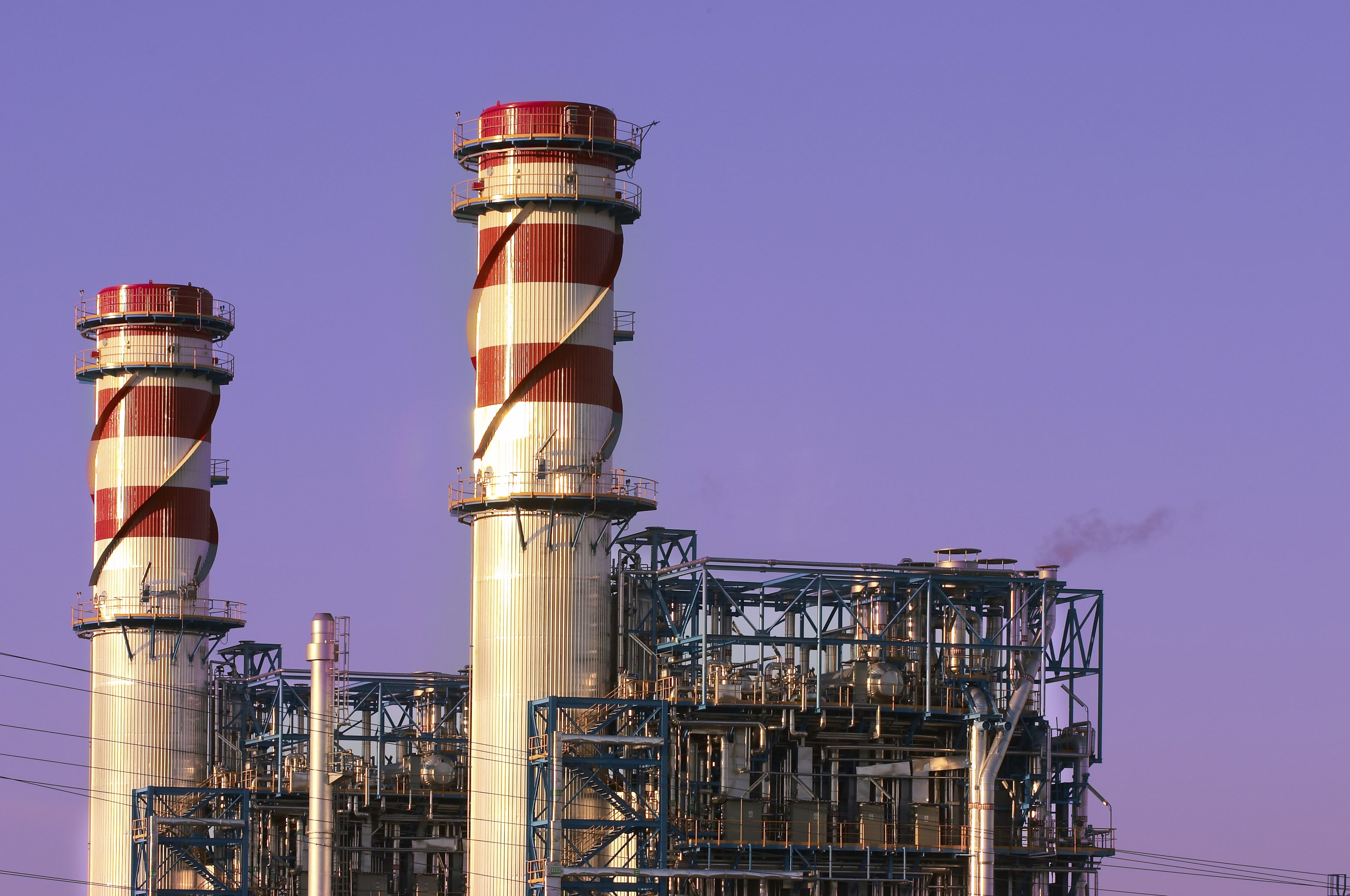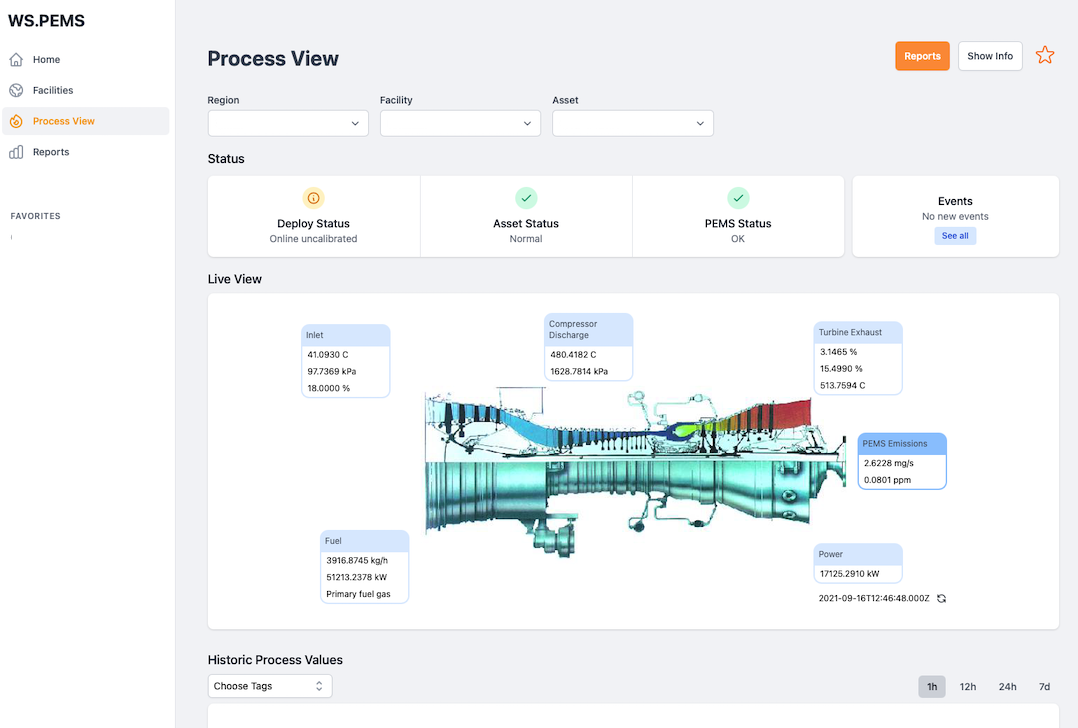Contact us
WS.PEMS for
LNG Vessels & Engines
PEMS for Gas Turbines: Obtain accurate emissions data and achieve compliance with international regulations
Similar to gas turbines models WS.PEMS is using an extensive set of physical relations governing the operation of the gas engines. This includes energy and mass balances as well as equipment characteristics. The First Principle Model makes maximum use of the vast instrumentation available in the engine control system.
What you receive
PEMS for Gas Turbines: Obtain accurate emissions data and achieve compliance with international regulations
First Principle Model
Compliance
The Path Forward
Discover More
Download our PDF to learn more about WS.PEMS, or explore additional information on our website.

Download WS.PEMS PDF
Gain insights into WS.PEMS and its benefits of using predictive emission monitoring systems for gas turbines.

Read More About WS.PEMS
Explore further details about WS.PEMS our predictive emission monitoring system.